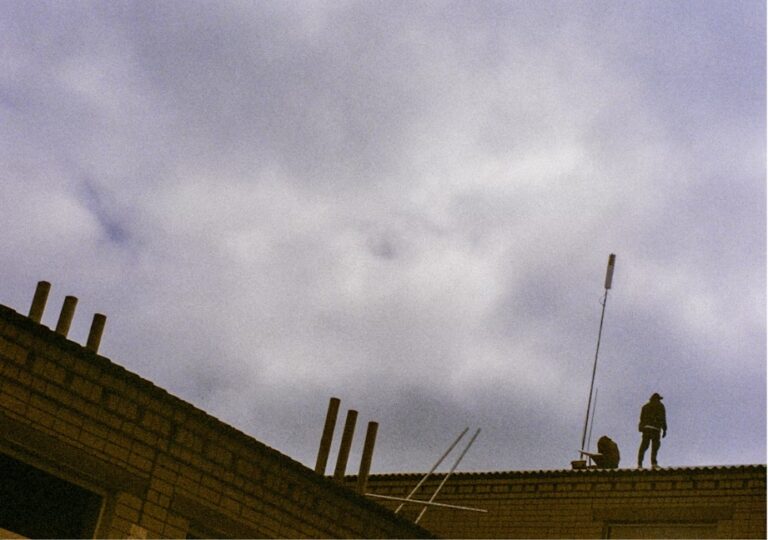
Introduction
Rusting is a familiar process that most of us have observed on iron objects left outdoors. It is a slow, oxidative reaction that transforms iron into iron oxide, giving it that reddish-brown appearance. However, a common question arises: Can the process of rusting be called combustion? In this article, we explore the nature of both rusting and combustion, compare their key characteristics, and discuss why rusting is not typically classified as combustion—even though both involve oxidation.
Understanding Rusting
What Is Rusting?
Rusting is a chemical process in which iron reacts with oxygen and water to form iron oxide. The overall reaction can be summarized as follows:
4Fe + 3O_2 + 6H_2O \rightarrow 4Fe(OH)_3 \rightarrow 2Fe_2O_3 \cdot 3H_2O
This process is:
- Oxidation: Iron atoms lose electrons as they combine with oxygen.
- Slow and Gradual: Rusting occurs over an extended period under ambient conditions.
- Non-Combustive: It does not involve the rapid release of energy, flames, or significant heat production.
Factors Affecting Rusting
- Presence of Water: Moisture accelerates the rusting process.
- Environmental Conditions: Saltwater, acid rain, and humidity can increase the rate of rusting.
- Protective Coatings: Paints and galvanization can slow down or prevent rust formation.
Understanding Combustion
What Is Combustion?
Combustion is a chemical reaction that involves the rapid oxidation of a fuel in the presence of an oxidizer, typically oxygen, resulting in the release of energy in the form of heat and light. The classic example is the burning of wood or gasoline:
\text{Fuel} + O_2 \rightarrow CO_2 + H_2O + \text{Heat} + \text{Light}
Key features of combustion include:
- Rapid Reaction: Combustion occurs very quickly, often in seconds.
- Exothermic Nature: It releases a significant amount of energy, usually observed as heat and flames.
- High Activation Energy: Combustion requires a spark or heat to get started.
Conditions Required for Combustion
- Sufficient Fuel and Oxidizer: Both must be present in adequate amounts.
- Ignition Source: A spark or flame is typically needed to overcome the activation energy barrier.
- Proper Temperature: Combustion only occurs above a certain temperature, called the ignition temperature.
Comparing Rusting and Combustion
Similarities
- Both Are Oxidation Reactions: At the core, both rusting and combustion involve the reaction of a substance with oxygen.
- Exothermic Reactions: Both processes release energy; however, the amount and rate of energy release differ dramatically.
Key Differences
Why Rusting Is Not Considered Combustion
- Lack of Rapid Energy Release: Combustion is characterized by its speed and the dramatic release of energy in the form of heat and light. Rusting, in contrast, is a slow process that does not produce noticeable heat or flames.
- Different Reaction Mechanisms: While both are oxidation reactions, combustion involves a chain reaction with free radicals that propagates rapidly, whereas rusting proceeds through multiple, gradual steps.
- Environmental Impact: Combustion, particularly of fossil fuels, contributes significantly to air pollution and greenhouse gas emissions due to the rapid production of CO₂ and other by-products. Rusting does not have a comparable environmental impact.
Abnormal Cases and Related Phenomena
Accelerated Oxidation
Under certain conditions—such as in the presence of catalysts or strong acids—oxidation reactions can occur more rapidly than typical rusting. However, even these accelerated reactions do not meet the criteria for combustion because they still do not produce the characteristic flame or high energy output.
Self-Ignition
Some substances, like fine metal powders, can oxidize rapidly and even ignite under the right conditions (a process known as pyrophoricity). These reactions, while rapid and exothermic, are not considered typical rusting but rather a different form of oxidation that edges into the realm of combustion or deflagration.
Conclusion
While both rusting and combustion involve the process of oxidation, they are fundamentally different in terms of reaction speed, energy release, and the conditions required. Rusting is a slow, gradual oxidation process that does not produce the heat, light, or rapid energy release associated with combustion. Consequently, rusting is not classified as combustion.
Understanding these differences is crucial in fields ranging from materials science to environmental studies, as it helps us manage corrosion in metals and appreciate the distinct processes that govern chemical reactions in our daily lives.
Disclaimer: This article is for informational purposes only and does not substitute academic textbooks or professional scientific literature. For detailed studies on chemical kinetics and oxidation processes, readers are encouraged to consult specialized sources in the field of chemistry.
Also Check:
• Can We Allow Expenses for Fixed Assets in Purchase Vouchers? A Detailed Look
• Can You Store Copper Sulphate Solution in a Zinc Pot?
• How Neha Can Determine That a Chemical Reaction Has Happened
• How Much Copper Can Be Obtained From 100g of CuSO₄? A Detailed Calculation




2 thoughts on “Can the Process of Rusting Be Called Combustion? A Detailed Discussion”